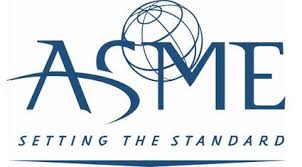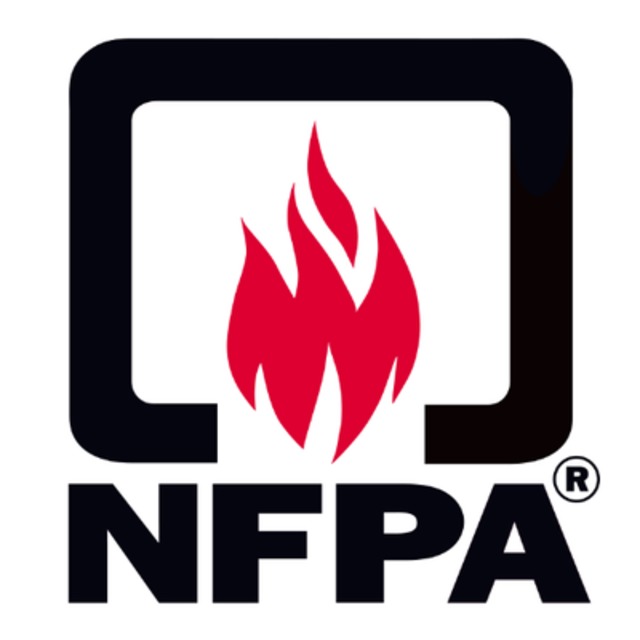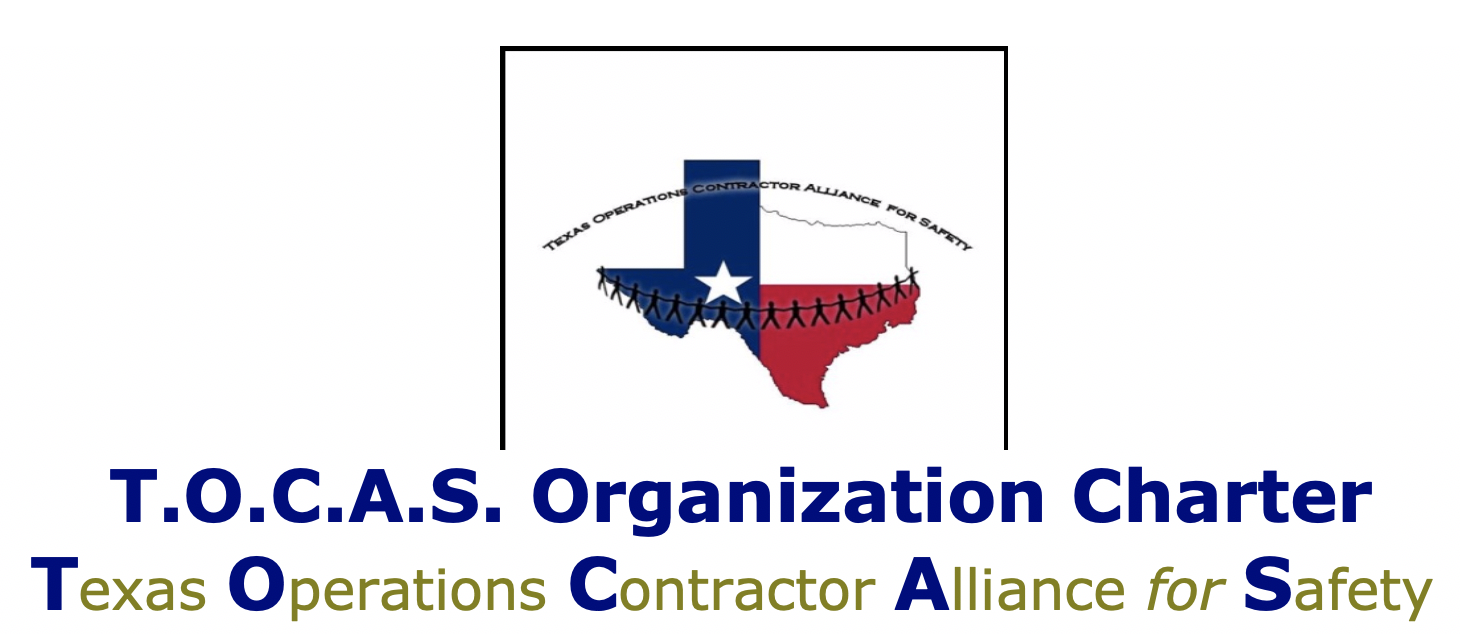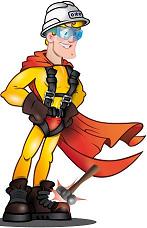Flammable Liquid Storage Tanks and Venting
Flammable liquids are "volatile liquids" with relatively low boiling points. This means it does not take much to get these materials boiling, especially on a hot summer day. And just like that pot of boiling water on our stove, the flammable liquids in these above-ground tanks can generate tremendous volumes of flammable vapors, which can travel great distances and ignite. But the main concern is the boiling flammable liquid generating increased pressure in a tank that is NOT designed for pressure (e.g., atmospheric tank). OSHA, NFPA, and API all require these atmospheric tanks to have an appropriately sized EMERGENCY VENT and NORMAL BREATHING VENT. In this article, I will focus on OSHA's 1910.106 requirements since we all have FREE access to this standard. 1910.106(b)(2)(v) "Emergency relief venting for fire exposure for aboveground tanks" has some basic requirements for ALL ATMOSPHERIC ABOVEGROUND tanks that contain a flammable liquid (e.g., Flash Point < 100°F): |
Partner Organizations I am proud to announce that The Chlorine Institute and SAFTENG have extended our"Partners in Safety" agreement for another year (2025) CI Members, send me an e-mail to request your FREE SAFTENG membership
Member Associations
|













